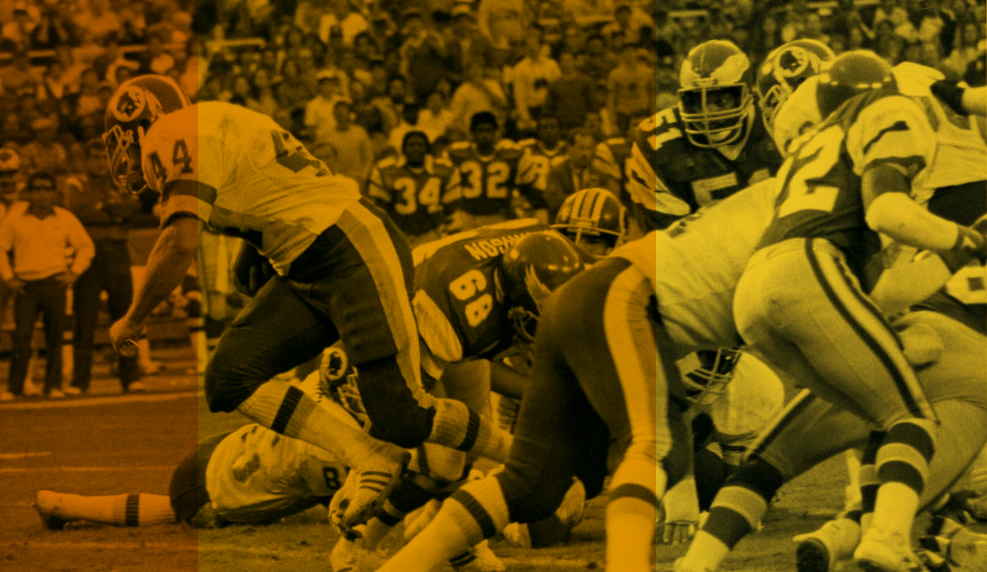On Pro Football: Fight for Cash Goes On for N.F.L.’s Longtime Retirees
By: Ken Belson
The New York Times
09/07/2018
The N.F.L. loves to honor its retired “legends” and praise them for making the league what it is today.
But when it comes to retiree benefits, there are clearly two classes of former N.F.L. players: those who finished before 1993 and those who came after.
The divide is not arbitrary. In 1993, the league and players ended five years of labor strife by signing a new collective bargaining agreement that included more than $1 billion for, among other things, a severance package, a 401(k) retirement plan and a doubling of pensions.
Players who had already retired, though, were not offered many of those new benefits retroactively even though they earned far less during their playing careers.
Elvin Bethea, Joe DeLamielleure, Ken Houston, John Riggins and other stars who retired before 1993 want to change that dynamic. They have created a nonprofit group called Fairness for Athletes in Retirement, or FAIR, that has a single goal: to receive pensions equivalent to those of players who retired after 1993.
“All we want is pension parity,” said DeLamielleure, who played for 13 years for the Bills and the Browns and was elected to the Pro Football Hall of Fame in 2003. “We paved the way for most of these guys to make millions of dollars. The problem is, we have subpoverty pensions and no health care.”
The timing of FAIR is no accident. The current labor deal will expire in 2021, and the league and players’ union are weighing which issues to highlight in negotiations. Retiree benefits were low on the union’s list of priorities when Gene Upshaw, who died in 2008, ran it.
“They don’t hire me and they can’t fire me,” Upshaw said of the retired players. “They can complain about me all day long. They can have their opinion. But the active players have the vote. That’s who pays my salary.”
Lisa Marie Riggins, whose husband, John, played running back for the Jets and the Redskins, said FAIR would raise money so it could advocate bigger pensions, and not rely solely on the players’ union to represent them.
“The tendency for this union is to cater to current players,” she said. “The pre-’93 is the Dark Ages for them.”
A spokesman for the N.F.L. Players Association declined to comment on the union’s strategy in the coming labor talks, and how big a priority retiree benefits would be.
But Upshaw’s replacement, DeMaurice Smith, made some progress in the last round of talks. The collective bargaining agreement signed in 2011 included $620 million for the Legacy Fund, which increased pension payments of the pre-1993 retirees. Players who retired before 1975 received an additional $124 per month for every season they played, while those who played from 1975 to 1992 received an extra $108 per month.
Those payments came on top of the existing pension. Players who played before 1982 receive $250 a month for every year played, and $255 a month for every year they played from 1982 to 1992. Current N.F.L. players will receive a monthly pension worth about three times more than a player who left the league in 1992.
As part of the labor deal in 2011, all retirees were also allowed to apply for disability benefits for neurocognitive ailments, expanded payments under the so-called 88 Plan and death benefits for spouses.
But the pensions for players who retired before 1993 also do not include a cost-of-living increase. These players do not have access to the 401(k) retirement accounts, annuities, severance pay or health care available to retirees who followed them.
DeLamielleure, 67, said he receives $28,626 a year in benefits, or $2,385 per month. His wife will receive half that amount when he dies. He said he earned $22,000 in his rookie season, in 1973, and made about $200,000 in his last year, in 1985.
DeLamielleure and other former players say acting now is critical. According to the Professional Football Researchers Association, there are roughly 5,200 players who retired before 1993, but only 4,000 of them played a minimum of four years to qualify for a pension. About 140 of these pre-1993 retirees die each year.
“The time is now,” Lisa Marie Riggins said. “If we don’t get a seat at the table and give these guys a voice, it’s not going to happen.”
Click here to read the original story in the New York Times.


